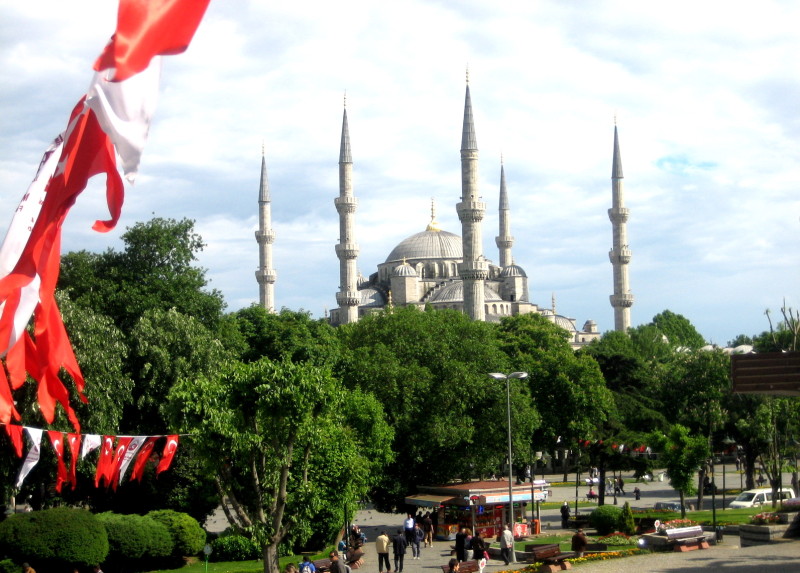Istanbul can be likened to a Turkish delight, the popular candy that Turks and foreigners alike find so hard to resist. Bite into it and you’re hooked.
Istanbul, once known as Constantinople, has drawn tourists since time immemorial. Touring it in the 12th century, the traveller Benjamin of Tudela was stunned by its sheer vitality. “It is a bustling city, with business coming to her from all foreign lands on land and on sea,” he wrote.
More than eight centuries on, visitors are still awed and amazed by its alluring exoticism and beauty.
The only major metropolis straddling two continents, Istanbul spills from Europe into Asia, and is divided by the Bosphous, the strait that connects the Sea of Marmara to the Black Sea.
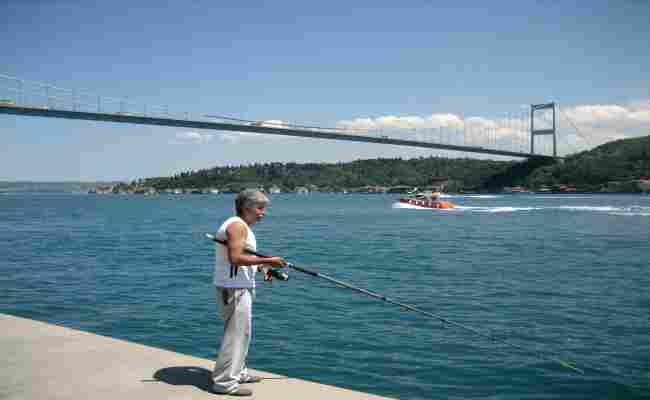
Turkey’s largest city, Istanbul offers a traveller attractions that did not even exist when Benjamin of Tudela passed through: the Grand Bazaar, the Spice Market, Topkapi Palace, the Blue Mosque and Istiklal Cadessi.
One of the oldest covered markets in the Middle East, the Grand Bazaar took shape in the 17th century, when Constantinople was the seat of the Islamic caliphate, and blossomed into the world’s greatest market by the 19th century.
Unbelievably big, it encompasses 61 streets in one of Istanbul’s oldest neighborhoods and contains more than 3,000 shops.
Here you can shop until you drop.
Carrying an endless variety of products, from jewelry and textiles to carpets and handicrafts, it is perpetually busy and crowded with locals and tourists. It seems as if there is never a dull moment here.
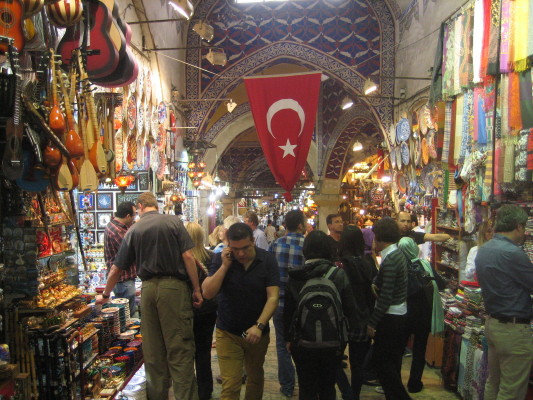
I spent about two hours wandering around, taking in its kaleidoscopic sights, but I felt I had only scratched the surface. You probably need at least half a day to fully savor it.
The Spice Market, situated fairly close by, heightens the senses. In shop after shop, mounds of spices and herbs of various hues are arrayed next to tantalizing formations of Turkish delights, or lokum, and boxes of herbal teas.
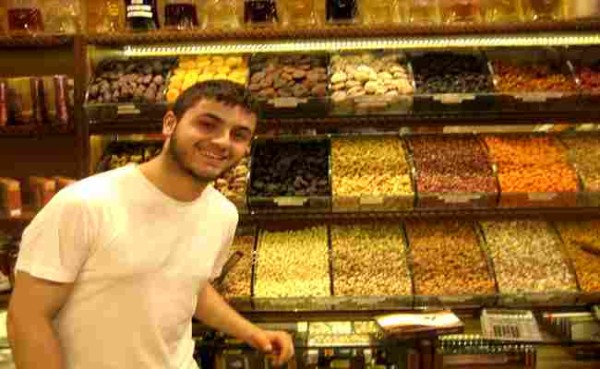
Turkish coffee, the national beverage, is sold in loose form or in tins. To walk into a coffee shop is to be swept away on a cloud of heady aromas. I bought several tins, each of which lasted about a month.
Istanbul’s chief attraction, Topkapi Palace, leaves memorable impressions. Apart from having been the residence of Ottoman sultans from 1465 to 1856, Topkapi was the seat of government of the Ottoman Empire, which stretched into the Balkans and the Middle East and lasted until 1922, when the sultanate was abolished.
Converted into a museum in 1924, a year after Turkey became the successor state of the Ottoman Empire, Topkapi is administered by the ministry of culture and tourism, and has been a UNESCO World Heritage Site since 1985. The jewel in Istanbul’s crown, Topkapi sits on a promontory with a splendid view of Istanbul, the Sea of Marmara and the Golden Horn. Constructed in phases, it was rebuilt after an earthquake in 1509 and a fire in 1655.
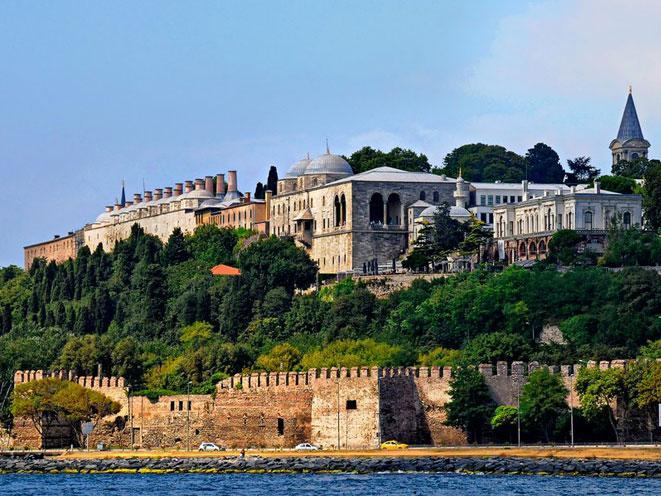
Surrounded by a high wall, Topkapi was a city within a city, consisting of four courtyards, mosques, bakeries, a mint, a harem and a hospital. It became something of a white elephant in 1856, when Sultan Abdul Mecid I moved the royal court to the Dolmabahce Palace.
I began my tour at the imperial treasury, whose resplendent objects consist of spoils of war, gifts and special pieces produced by highly skilled craftsmen.
Of particular interest were 16th century jewel-encrusted Persian flasks, a 19th century jade piece presented to Sultan Abdulhamid II by the Russian czar in the 19th century, a 16th century Ottoman helmet made of gold, turquoise and rubies, a 16th century bowl crafted from cut emeralds and an undated jewelery box sparkling with emeralds and rubies.
As I admired the jewelry, my mind raced back to Jules Dassin’s 1964 feature film, Topkapi, in which the Greek actress Melina Mercouri played a thief plotting to steal a priceless emerald-studded dagger from a glass case.
I was also impressed by the plethora of Ottoman thrones — the 18th century throne of Sultan Mustafa II, which was used one final time in 1918, when the last Ottoman sultan, Mehmet VI, was crowned; the mid-16th century throne of the empire’s greatest sultan, Suleyman the Magnificent, and the throne of Ahmed I, which was designed by Mimar Sinan, the architect of the Blue Mosque.
After a tour of the imperial treasury, I paused at the Enderun Library, a fine example of 18th century Ottoman architecture. The building, which is decorated with 16th and 17th century Iznik tiles, once contained books on Islamic law and theology in Turkish, Arabic and Persian.
Close by is the Privy Chamber, the repository of sacred Muslim relics: the cloak of the Prophet Mohammed, a hair of his beard and two of his swords, as well as oil paintings of Ottoman sultans from Osman II (1818-1622) to Abdulhamid II (1876-1909).
The Pavilion for Breaking the Fast, which a succession of sultans used during the Ramadan holiday, has been converted into a fancy terrace that offers views of Istanbul and the Sea of Marmara.
The adjacent Baghdad Pavilion, which was constructed in honor of a successful military campaign by Sultan Murad IV in the 1600s, is regarded as a masterpiece of classical palace architecture. Adorned with mother-of-pearl tiles and tortoise shells, the pavilion was a library from the 18th century onward.
In a city of more than 3,000 mosques, the Blue Mosque ranks among the finest.
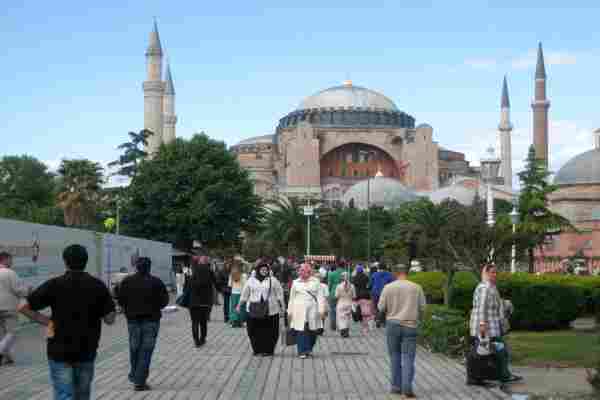
Finished in 1616 after seven years of construction, it is a sight to behold, bristling with a profusion of minarets and domes decorated with 20,000 Iznik ceramic tiles. The impression is enhanced by 200 stained glass windows, which let in filtered natural light.
Istanbul’s main thoroughfare, Istiklal Caddessi, is about three kilometres long and named after Turkey’s War of National Independence, which raged from 1919 to 1922.
Lined with a procession of fine buildings in the Art Deco, Neo-Classical, Beaux Arts and Neo-Gothic styles, the street fell into disrepair in the 1970s and 1980s. But in the past two decades, it has bounced back, its buildings having been restored to their former grandeur.
Istiklal Caddessi is also worth exploring thanks to its cafes, pubs, restaurants, book shops, art galleries and antiquarian stores.
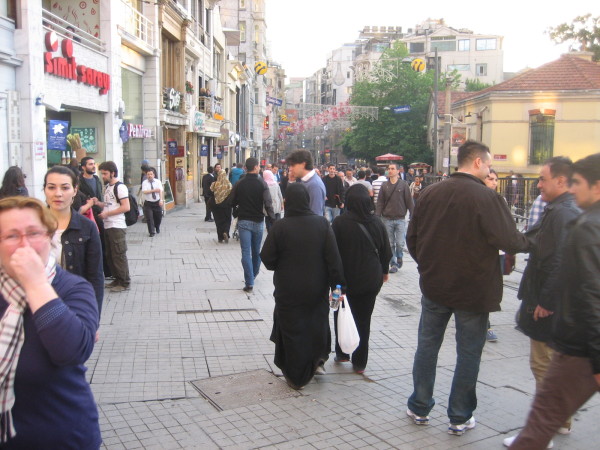
Turkish food is found in abundance here. Over several days, I sampled specialties such as koftas (minced or ground beef, lamb and chicken meatballs on skewers), dolmas (vine leaves stuffed with rice and herbs), boreks (baked or fried cheese, vegetable or meat pies) and baklavas (layered filo pastry larded with honey and nuts).
They were delicious and reasonably priced, nicely complementing Istanbul’s exotic sights.
